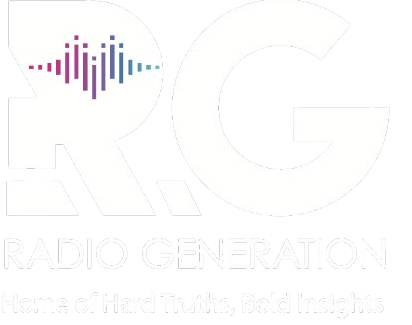Millions at risk as Kenya struggles to fund water projects

A new report on water resources management shows that the country requires nearly Sh995 billion by 2030 to achieve universal water and sanitation access but is already struggling with a Sh325.6 billion gap.
Kenya is facing an escalating water crisis as a funding gap of $2.52 billion (Sh325.6 billion) threatens critical projects aimed at securing the country’s scarce water resources.
Experts warn that unless urgent action is taken, the shortfall could undermine economic growth and leave millions without reliable access to safe water and sanitation.
A new report on water resources management shows that the country requires nearly Sh995 billion by 2030 to achieve universal water and sanitation access but is already struggling with a Sh325.6 billion gap.
Gatsby Africa program director Abdi Wario said the lack of adequate financing risks derailing efforts to conserve catchments, expand water storage, recycle wastewater, and prepare for climate shocks such as prolonged droughts and destructive floods.
Kenya’s water availability per person has dropped to 647 cubic metres annually, far below the global benchmark of 1,000 cubic metres.
Projections indicate this will shrink to 426 cubic metres by 2030, placing the country in the category of “absolute water scarcity.” Wario cautioned that poor management of existing resources will worsen the problem.
“The little water we have is not well managed. We risk over-extraction of groundwater and pollution of surface water, which will only push costs higher for households and industries,” he said.
The report further estimates that poor water management is already costing Kenya $1.5 billion (Sh193.8 billion) annually, largely due to inadequate access to safe water for homes and businesses.
Two key basins—the Athi and Tana—are projected to face serious deficits by 2030, threatening Nairobi’s water supply as well as manufacturing and job creation.
KEPSA chair of the Environment and Sector Board, John Wandaka, said the government alone cannot carry the financing burden. “We cannot expect the government to shoulder the burden alone.
The private sector, as beneficiaries, must also contribute to financing solutions such as wastewater recycling and adoption of efficient irrigation technologies,” he said.
The report shows that donor funding remains the backbone of Kenya’s water sector.
Between 2018 and 2024, development partners including the World Bank, African Development Bank and Germany injected more than Sh258 billion into water-related projects through loans and grants.
However, experts note that this dependence has exposed structural weaknesses, with government often struggling to raise counterpart funding and projects delayed by bureaucratic hurdles and lengthy procurement processes.
To close the gap, experts are calling for a blended finance model that combines public resources, donor support, private sector investment, and commercial financing. They argue this approach will spread the burden of financing while tapping into new sources of capital, particularly from industries that depend heavily on water.
